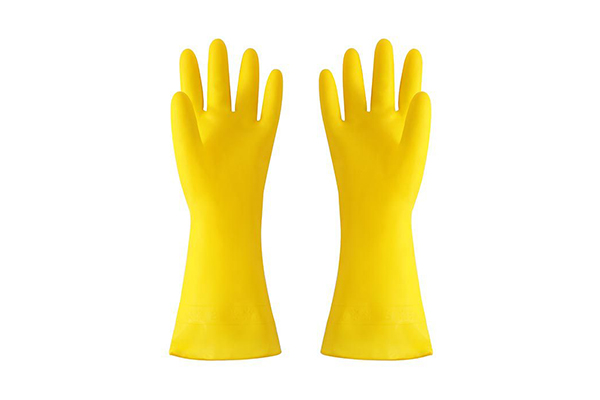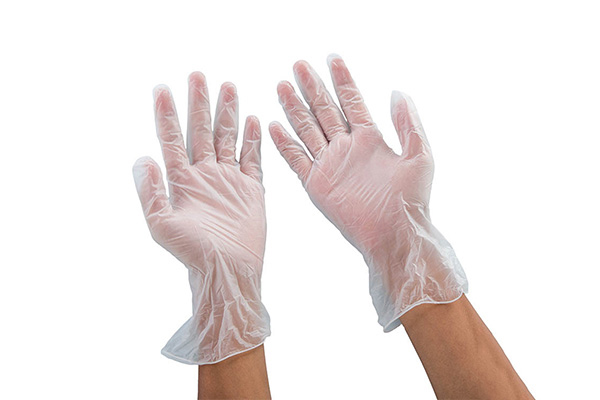What Are PVC Gloves Made of?
PVC gloves are one of the most popular types of protective gloves used in industries such as manufacturing, food processing, cleaning, and laboratory work. They are known for their durability, flexibility, and resistance to chemicals. But what exactly are PVC gloves made of, and why are they so widely used? Let’s take a closer look.
What is PVC?
PVC stands for polyvinyl chloride, a type of synthetic plastic polymer. It’s made from vinyl chloride monomers that are polymerized to create a durable, flexible, and chemical-resistant material, used in everything from pipes and cables to flooring and gloves.

What Are PVC Gloves Made of?
PVC gloves are primarily made from the following materials:
- Polyvinyl Chloride (PVC) Resin – the base polymer that gives the gloves their structure and strength.
- Plasticizers – added to make the PVC soft and flexible instead of rigid. Common plasticizers include phthalates or non-phthalate alternatives.
- Stabilizers – protect the PVC from heat and UV damage during processing and use.
- Colorants or Pigments (optional) – used to create gloves in clear, blue, green, or other colors.
- Additives – such as anti-static agents, anti-slip textures, or powder coatings (for easier donning).
This combination results in a smooth, waterproof, and chemical-resistant glove suitable for a wide range of industrial and household applications.
How Are PVC Gloves Made?
The manufacturing process of PVC gloves involves several key steps:
- Preparation of the PVC Mixture: The PVC resin, plasticizers, and additives are mixed into a homogenous liquid formulation.
- Dipping Process: Clean ceramic or metal hand molds are dipped into the PVC mixture. The thickness of the glove depends on the dipping time and the number of layers applied.
- Curing and Drying: The coated molds are heated to cure the PVC, solidifying it into a durable, flexible film.
- Stripping and Quality Inspection: Once cooled, the gloves are stripped from the molds and undergo inspection for leaks, defects, and uniformity.
This process ensures that every glove has consistent quality, durability, and flexibility.

Key Features of PVC Gloves
- Excellent Chemical Resistance: Especially against oils, acids, and alkalis.
- Waterproof and Oil-Resistant: Ideal for wet or oily environments.
- Comfortable Fit: The added plasticizers make PVC gloves soft and easy to wear.
- Cost-Effective: More affordable than many rubber or nitrile gloves.
- Non-Allergenic: Suitable for people allergic to natural latex.
Applications of PVC Gloves
PVC gloves are used across various industries, including:
- Industrial Cleaning
- Food Handling and Processing
- Chemical Manufacturing
- Laboratory Work
- Mechanical and Construction Tasks
Their versatility makes them a practical choice wherever reliable hand protection is needed.
Conclusion
So, what are PVC gloves made of? They’re crafted from polyvinyl chloride resin, blended with plasticizers and stabilizers to create a glove that’s soft, durable, and resistant to chemicals and water.
Whether you’re cleaning, handling food, or working in a factory, PVC gloves offer reliable protection at an affordable cost — making them an essential part of personal protective equipment (PPE) for countless industries.
